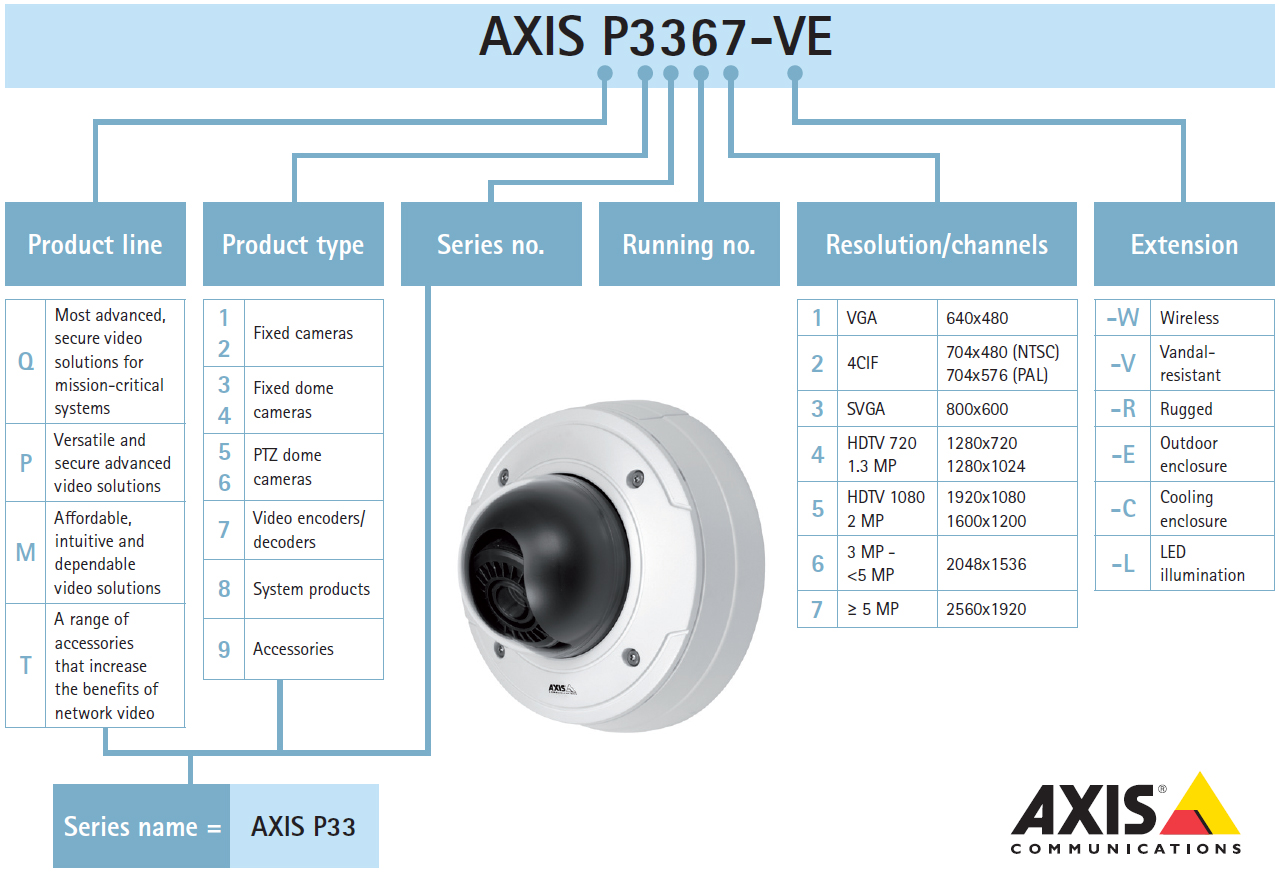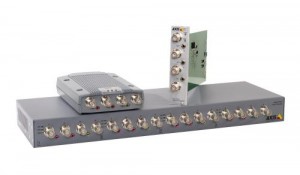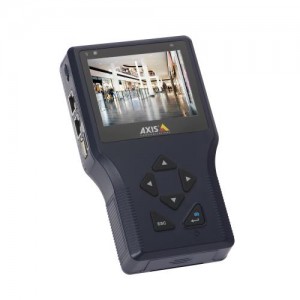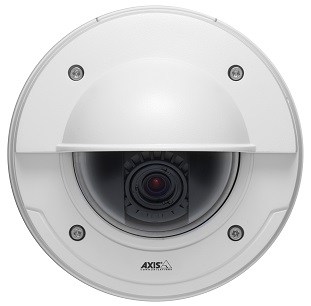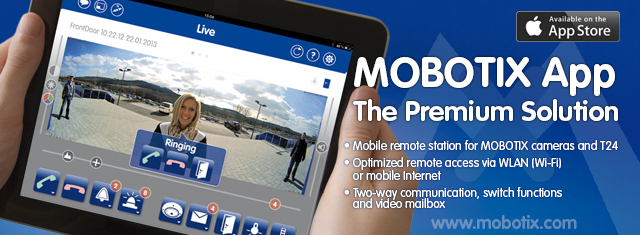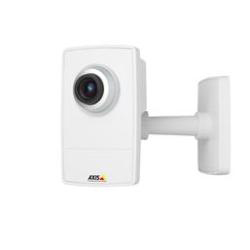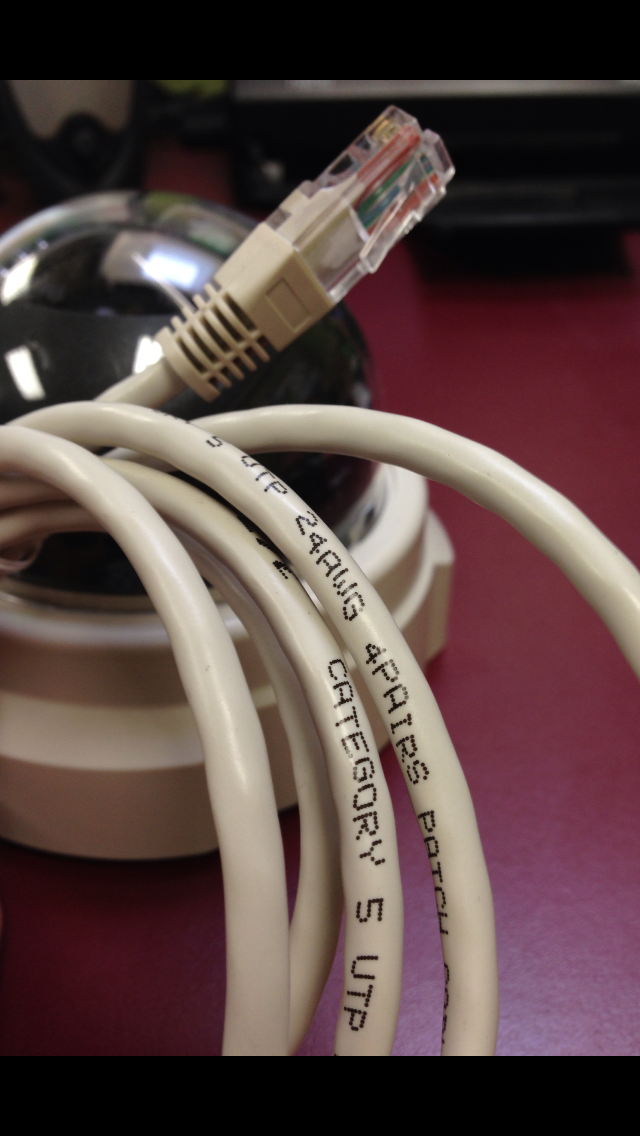
The T24 Door Station from MOBOTIX is more than just a doorbell, security camera, intercom system, keyless entry…well, it’s more than you might think it is. If you thought the T24 Door Station was all of this and more, then, OK, it’s exactly what you think it is.
The MOBOTIX T24 IP Video Door Station is an incredible addition to the safety and security of any residence, business, or warehouse. Now available at VoIP Supply, you can custom create your very own T24 Door Station to whatever your needs may demand. However, all those parts can be incredibly daunting and the part numbers tend to be confusing to someone looking at it for the first time, so we’ve created this in-depth guide to T24 door stations in order to help you feel better about what you’re getting into and how it’s going to fit your needs.
Colors
The MOBOTIX T24 comes in five colors that are coded as such:
You’ll see these two lettered codes throughout part numbers, so using this guide you can make certain you’re choosing the correct color you want. Not all parts come in different colors, such as the in-wall housing units and DoorMaster, so no need to worry when you don’t see these color codes in them.
T24-CamCore Day Hemispheric Camera with LEDs
This little unit is where all the beauty begins. To call it just a camera would be an understatement. Think of it more as a smart computer. The T24-CamCore (part number MX-T24M-Sec-D11- for day cameras and MX-T24M-Sec-N11- for night) has no blind spots with a 180 degree wide angle lens that can see wall to wall and floor to ceiling. Or ground to sky, if you like; the T24-CamCore is IP65-rated for outdoor weather. Following minimalist modernism, the hemispheric camera module has a discreet and yet powerful microphone, a light button, a speaker/LED orientation light combo, and a doorbell button. The charm of the T24-CamCore is that it’s based on IP technology. Once the doorbell is rung, a direct connection is made between the Door Station and any VoIP Phone, computer, or smartphone with VoIP software. If you have an iPhone or iPad it’s a whole other story.

MOBOTIX App
It’s entirely possible to run a mobile remote station with any iPhone or iPad with the MOBOTIX App. By connecting to the internet this free, full feature application gives you incredible control over your Door Station without being local. From it you can see who is at the door, speak to them in real time with the 2-way communication, and choose to either let them in or not. The App makes it possible to receive alerts, mailbox messages, live images and recordings from not only your T24 Door Station, but any and all incorporated MOBOTIX cameras. Control buttons, zoom, positions, search and a control wheel give you all kinds of ability to interact with your surveillance system whether you’re at the office or on the other side of the world. You can download this app at no cost from the App Store.
T24-KeypadRFID Access Module
While the T24-CamCore is a (gentle) beast by itself, the Keypad (part number MX-Keypad1-EXT-) can turn the Door Station into a keyless entry station. By combining it with the T24-DoorMaster the Keypad can unlock access doors with the correct PIN or RFID card. The Keypad also caters to messaging: when someone comes to visit and rings the doorbell and no one answers (why didn’t you have your phone near you?) the visitor can leave a message by holding down the blue letter button during the entire message recording. This messaging technology also works the other way: you can record a message to be played anytime someone rings the doorbell button on the T24-CamCore. This is perfect for small offices when the only employee has to make appointments out of the office. Personal messages can also be left to play when the a specific PIN number is entered or an RFID card is swiped identifying someone.
T24-Info
This is a backlit module that is perfect for displaying the address number, residence name, or anything else that will identify the premises. The energy saving LEDs use up very little power for display (part number MX-Info1-EXT-).
T24-Info2Wire+ Two Wire Network Module
If you’re working with an existing doorbell or door intercom systems, this is the module you want (part number MX-2wirePlus-Info1-EXT-). It has a T24-Info display for an address number, name, or what have you, but it also includes an indoor module that takes that 2-wire cable and acts as a sort of midspan on the way to the PoE Switch or Injector (IEEE 802.3at is recommended). This way you can update any older building without having to tear out walls to lay new cable.
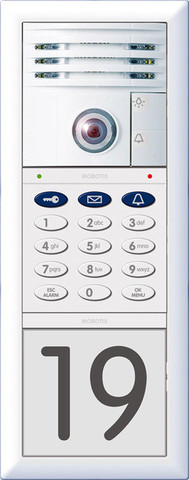
In-Wall Unit Sockets
Well…you can tear out walls if you want to. The in-wall unit sockets house the components of the T24 in either 1 unit sockets (MX-OPT-Box-1-EXT-IN), 2 unit sockets (MX-OPT-Box-2-EXT-IN), or 3 unit sockets (MX-OPT-Box-3-EXT-IN). Since it’s not going to be seen by anyone, the units only come in blue. It attaches to any subsurface, brickwork, or hollow space and lets the unit lay relatively flush with the surface. It won’t be completely flush, but it won’t protrude as much as using the….
On-Wall Unit Sockets
Instead of digging into the wall to mount your Door Station, you can install it in this metal-reinforced housing unit. Since the unit is visible, it comes in colors to match the T24-CamCore, the T24-Keypad, and the T24-Info/T24-Info2wire+ modules (part numbers: MX-OPT-Box-1-EXT-ON-, MX-OPT-Box-2-EXT-ON-, MX-OPT-Box-3-EXT-ON-).
T24 Frame
Complete the look while you secure your T24 with a frame that has integrated electromagnetic anti-theft protection and a special key for module unlocking. These frames can be used with either in-wall or on-wall unit sockets in 5 different colors (part numbers: MX-OPT-Frame-1-EXT-, MX-OPT-Frame-2-EXT-, MX-OPT-Frame-3-EXT-), and it gives the unit a nice finished look.
T24 Optional Accessories
The T24-DoorMaster (MX-Door1-INT-PW) falls into this category: it’s an indoor security door opener. It works by connecting the Door Station to the door lock switch and door contact. It pulls both power and data through the T24 Door Station via a MxBus cable so it cues when to let someone in on your command.
The Ethernet Terminal Board (MX-OPT-IO2) is an IO module Ethernet connection board for the secure connection of the Door Station via an RJ45 plus with the 8 wires of the network cable.
The Extended Terminal Board (MX-OPT-IO1) is an IO module that provides 8 additional inputs and 3 additional outputs to connect external devices to your Door Stations.
Also available:
- Admin RFID access card (MX-AdminCard1) is exactly what it sounds like. To be paired with the Keypad Module, this is the decision maker’s access card.
- User RFID access card (MX-UserCard1) is also what it sounds like. It doesn’t have as much flexibility for working the Door Station, but it’s a means of identification to allow people in and/or cue personal messages to play.
- T24-DoorMaster Battery (MX-Door2-BAT) is a replacement battery.
And that’s it! All the bits and pieces have been explained, and hopefully in understandable terms. As you can tell, there is a lot that goes into this Door Station that makes it an incredibly functional unit for all sorts of scenarios. Each piece comes with instructions, and VoIP Supply offers documentation on our website as well (available for download under the ‘Technical Specs’ tab of the specific product page), which makes installing each piece a little bit easier. The literature is explained in a step-by-step process and the images make it incredibly easy to follow along and know you’re doing it right. If you feel comfortable playing with technology and hooking equipment up, this IP Video Door Station is for you. It will take some time setting up, especially if you want to hook up all your options and use it to it’s fullest potential, but you will love doing it. It looks great, it’s a solid quality product, and it lasts for years; you’ll be really happy playing around with it. If you’re the type of person who needs help setting up their home printer, then maybe you want to find a local MOBOTIX Partner integrator to install the unit, program it, and walk you through how to use your Door Station. The good news is you’ll only need to be shown once and you should have it from there!
 MOBOTIX also considered that you would just take their word for pre-assembled options (I’m using the term ‘pre-assembled’ loosely, by the way). There are a few Door Station Sets available from MOBOTIX and you can check out the differences on each link: MOBOTIX IP Door Station T24 Complete Set 1 (the most basic set), MOBOTIX IP Door Station T24 Complete Set 2 (pictured to the right, it includes more options for a fuller solution), MOBOTIX IP Door Station T24 Complete Set 3 (a happy medium between sets 1 and 2), and MOBOTIX IP Door Station T24 Complete Set 4 (a different happy medium between sets 1 and 2). These links are to United States Part Numbers, which are only available in white. If you’re across the pond in Europe, the sets are available in other colors (lucky blokes). Should you be stateside and would like these sets in colors, VoIP Supply can help out with that; just give us a call and we’ll help you piece them together from scratch, which you might actually prefer a little more anyways. 😉
MOBOTIX also considered that you would just take their word for pre-assembled options (I’m using the term ‘pre-assembled’ loosely, by the way). There are a few Door Station Sets available from MOBOTIX and you can check out the differences on each link: MOBOTIX IP Door Station T24 Complete Set 1 (the most basic set), MOBOTIX IP Door Station T24 Complete Set 2 (pictured to the right, it includes more options for a fuller solution), MOBOTIX IP Door Station T24 Complete Set 3 (a happy medium between sets 1 and 2), and MOBOTIX IP Door Station T24 Complete Set 4 (a different happy medium between sets 1 and 2). These links are to United States Part Numbers, which are only available in white. If you’re across the pond in Europe, the sets are available in other colors (lucky blokes). Should you be stateside and would like these sets in colors, VoIP Supply can help out with that; just give us a call and we’ll help you piece them together from scratch, which you might actually prefer a little more anyways. 😉
If you have any other questions or need clarification, call our Surveillance expert Tom Uhteg at 1.866.885.4853 and he can help you decide on what pieces would best serve your needs.
Has anyone used the T24 IP Video Door Station before? What were your experiences with it? If you could purchase it all over again, how would you do it?

